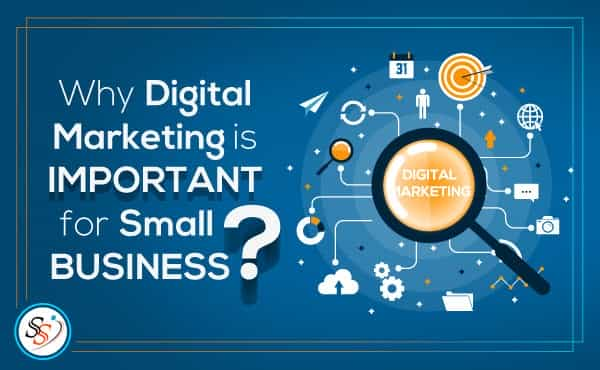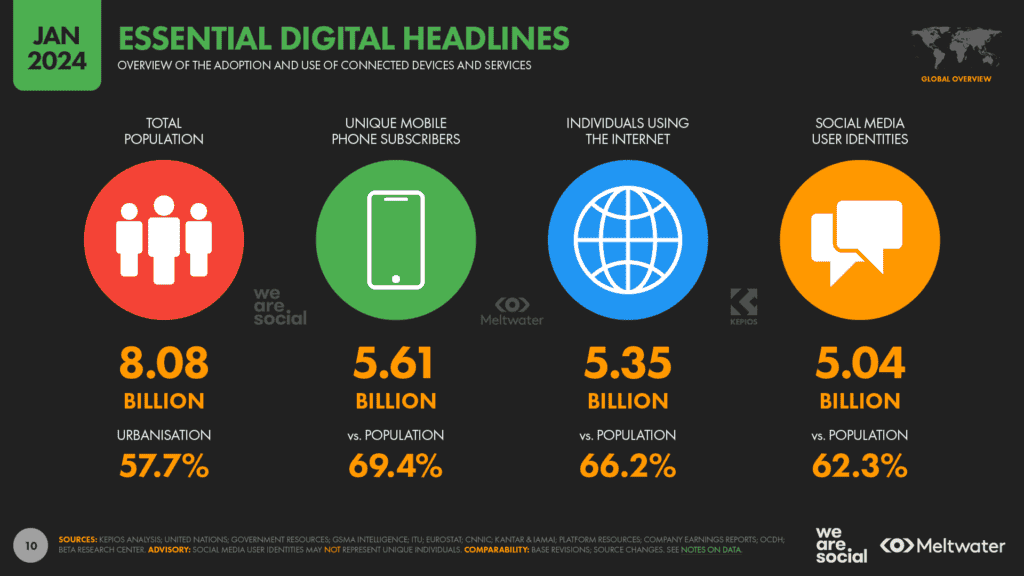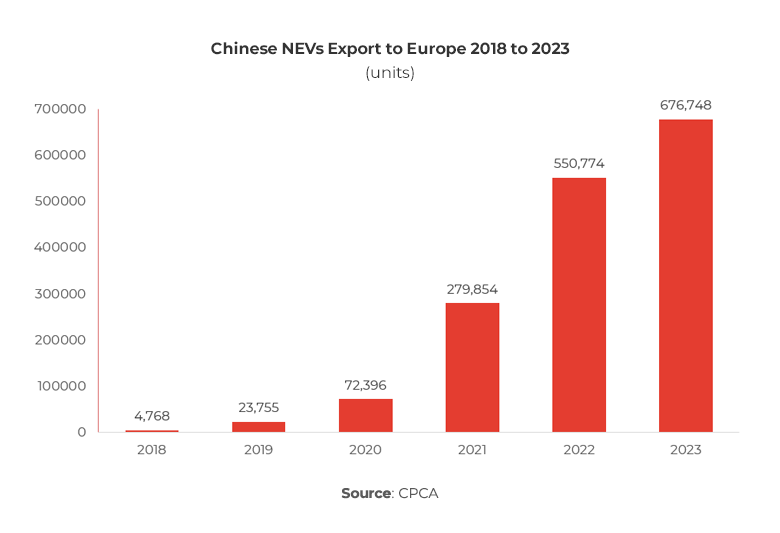Data-Driven Decisions: Strategies for Success
Mia Anderson

Photo: Data-Driven Decisions: Strategies for Success
Data-Driven Decisions: Strategies for Success
In today’s rapidly evolving business environment, data-driven decision-making has become a critical driver of success. Companies of all sizes, from startups to established enterprises, are increasingly relying on data to guide their strategies, optimize performance, and stay competitive. But how can businesses effectively use data to make better decisions?
This article explores the strategies for leveraging data-driven decisions, offering practical tips, real-world examples, and insights to ensure your business stays ahead of the curve. Whether you are a seasoned executive or an entrepreneur looking to scale, these strategies can help you harness the full potential of your data.
What Are Data-Driven Decisions?
At its core, data-driven decision-making (DDDM) involves making business choices based on data analysis rather than intuition or personal experience. It’s a strategic approach that uses both qualitative and quantitative data to guide decisions across various aspects of a business, from marketing and sales to operations and customer service.
The primary goal is to reduce guesswork and bias, fostering more informed, accurate, and objective decision-making. In practice, this means integrating data from different sources and using analytics tools to uncover trends, patterns, and insights that would otherwise be overlooked.
Why Are Data-Driven Decisions Important?
In an era where businesses are flooded with data from every direction, making decisions based on this wealth of information is essential for several reasons:
- Increased Accuracy: Data-driven decisions are grounded in evidence, leading to more precise outcomes.
- Competitive Advantage: By analyzing data, companies can uncover opportunities, predict trends, and respond faster than their competitors.
- Enhanced Efficiency: Data helps eliminate inefficiencies by identifying bottlenecks and optimizing processes.
- Customer Insights: Data enables businesses to better understand customer behavior, preferences, and needs.
Key Strategies for Implementing Data-Driven Decisions
Successfully integrating data-driven decision-making into your business requires more than just adopting new tools. It requires a mindset shift and a commitment to using data effectively. Below are some key strategies for success.
1. Define Clear Objectives
Before diving into data collection, it’s crucial to have a clear understanding of your business goals. Are you looking to increase revenue, improve customer satisfaction, or optimize operational efficiency? Defining clear objectives helps you prioritize which data to collect and how to analyze it.
For example, if your goal is to enhance customer engagement, you would focus on customer-related data such as purchase history, web behavior, and social media interactions. By aligning your data collection efforts with business objectives, you can avoid wasting resources on irrelevant data.
2. Invest in the Right Tools and Technology
Data-driven decision-making depends on having the right tools to collect, analyze, and visualize data. Investing in advanced data analytics platforms or business intelligence (BI) tools is essential for businesses aiming to make informed decisions.
Popular tools include:
- Google Analytics for website performance
- Tableau for data visualization
- Power BI for business intelligence
- HubSpot for customer relationship management (CRM)
These tools help businesses gather, process, and interpret data in ways that make it actionable for decision-makers.
3. Build a Data-Driven Culture
For data-driven decision-making to take root in an organization, it’s essential to foster a culture that values data. This involves:
- Encouraging employees at all levels to use data in their daily work.
- Providing training on how to interpret and act on data.
- Ensuring that data is accessible and understandable for everyone, not just analysts or executives.
A study by McKinsey & Company found that organizations with a data-driven culture are 23 times more likely to acquire customers, 6 times more likely to retain customers, and 19 times more likely to be profitable.
4. Collect Quality Data
Not all data is created equal. While gathering as much data as possible may seem beneficial, the quality of your data is paramount. Inaccurate, outdated, or irrelevant data can lead to misguided decisions.
To ensure data quality, businesses should:
- Regularly clean and update data to remove duplicates or irrelevant entries.
- Focus on data that aligns with their specific business goals.
- Use data from trusted sources, such as customer surveys, transactional systems, and reputable third-party platforms.
5. Analyze and Interpret Data
Once data is collected, the next step is to analyze it. However, simply having data isn’t enough you need to interpret it to extract meaningful insights.
- Use descriptive analytics to understand past behavior.
- Use predictive analytics to forecast future trends.
- Use prescriptive analytics to make data-backed recommendations for action.
By employing a mix of these approaches, businesses can uncover both historical patterns and future opportunities.
6. Test and Iterate
Data-driven decision-making isn’t about making a single perfect choice and sticking with it forever. It’s about testing hypotheses, experimenting with new approaches, and learning from the results.
For instance, a company may test different marketing strategies (A/B testing) to determine which messaging resonates best with their target audience. By constantly testing and iterating, businesses can refine their strategies and optimize outcomes over time.
Real-World Examples of Data-Driven Decision-Making
To better understand how data-driven decisions can lead to business success, let’s look at some real-world examples.
Example 1: Netflix’s Personalization Strategy
Netflix is a prime example of a company that leverages data-driven decision-making to enhance user experience. By analyzing customer viewing habits, ratings, and search history, Netflix creates personalized recommendations that increase user engagement. Their algorithm uses data to suggest shows and movies tailored to each user’s preferences, boosting retention rates and encouraging subscribers to spend more time on the platform.
Example 2: Amazon’s Inventory Management
Amazon uses data-driven decision-making to optimize its inventory management system. By analyzing purchase patterns and predicting demand, the company can ensure that its warehouses are stocked with the right products at the right time. This level of precision not only helps reduce costs but also enables Amazon to deliver products faster, improving customer satisfaction.
Example 3: Walmart’s Pricing Strategy
Walmart uses data to dynamically adjust its pricing strategy. By analyzing competitors’ prices, inventory levels, and market trends, Walmart can set prices that are competitive while still maintaining profitability. This data-driven approach has helped the company dominate the retail sector.
Challenges in Data-Driven Decision-Making
While data-driven decision-making offers significant benefits, it also comes with its challenges:
- Data Overload: The sheer volume of data available can be overwhelming. It’s essential to focus on the most relevant data for your goals.
- Data Privacy Concerns: Handling sensitive customer data requires strict adherence to privacy regulations like GDPR.
- Skill Gaps: Not all employees may have the necessary skills to analyze and interpret data effectively, requiring training and support.
Conclusion: Turning Data Into Actionable Insights
Data-driven decisions are no longer a luxury for businesses they are a necessity. By following the strategies outlined above, you can build a more informed, efficient, and competitive organization. Remember, the key to success lies not just in collecting data, but in analyzing it, interpreting it correctly, and using it to drive action.
Whether you’re looking to increase sales, improve customer experiences, or streamline operations, data-driven decision-making can unlock new possibilities and ensure long-term success.
Call to Action: Ready to make data-driven decisions in your business? Start by setting clear objectives and investing in the right tools. Don’t forget to check out our other articles on data analytics and business intelligence for more tips!
Frequently Asked Questions (FAQs)
1. How do I start with data-driven decision-making?
Start by defining clear business goals, investing in the right tools, and collecting relevant data that aligns with those goals.
2. Can small businesses use data-driven decision-making?
Yes! Small businesses can benefit from data-driven decisions by using affordable tools like Google Analytics and focusing on customer insights to improve their strategies.
3. How do I handle data privacy issues?
Ensure compliance with privacy laws such as GDPR by securing customer data, being transparent about data usage, and obtaining necessary consents.
Marketing
View All
January 22, 2025
The Future of Digital Marketing RevealedExplore where digital marketing is headed in the next decade. From AI to VR, see what’s shaping the future of online marketing. Don’t get left behind!
Mia Anderson

January 21, 2025
Why Digital Marketing is Vital for SMBsDiscover why small businesses must adopt digital marketing in 2024. Learn tips and tactics to compete in the digital age. Take your business online today!
Mia Anderson

January 23, 2025
Social Media in Digital Marketing 2024Learn how social media is revolutionizing digital marketing in 2024. Boost your brand with actionable tips for viral campaigns!
Mia Anderson
Entertainment
View AllExplore the latest trends in fan fiction for 2024. Learn what fan fiction is, its impact on media, and why it’s a thriving creative outlet. Read now!
Mia Anderson
Discover the best streaming services of 2024 with our in-depth reviews. Find out which platforms offer the best value and why you should choose them. Read now!
Mia Anderson
Discover the top podcasting trends of 2024 and stay ahead in the industry. Learn how to leverage new insights click now to future-proof your podcast!
Mia Anderson
Unlock the secrets to an unforgettable movie trivia night with our ultimate guide. Get tips, trivia questions, and game ideas to boost your event's fun!
Mia Anderson
Automotive
View AllUnlock the secrets to getting top dollar for your car! Prep, price, and promote effectively.
Read MoreLearn how second-life EV batteries are helping reduce environmental impact by providing sustainable energy solutions.
Read MoreCompare trends in luxury and budget EV offerings. Find out which one suits your needs and budget in 2024.
Read MorePolular🔥
View All
1
2
3
4
5
6
7
9
10
Technology
View All
September 15, 2024
Discover the Best Project Management Software of 2024
Discover the best project management software of 2024! Uncover top picks, latest trends, and expert reviews. Click now to streamline your projects!

December 10, 2024
Best Tech Gadgets for Remote Workers in 2024 – Don’t Miss These!
Boost your productivity with the top tech gadgets for remote work! Click to discover must-have tools to enhance your work-from-home setup.

August 29, 2024
Top SaaS Trends Shaping Business Success in 2024
Discover the latest SaaS trends revolutionizing businesses in 2024. Learn how these innovations can boost efficiency and drive growth. Read now!
Tips & Trick






















